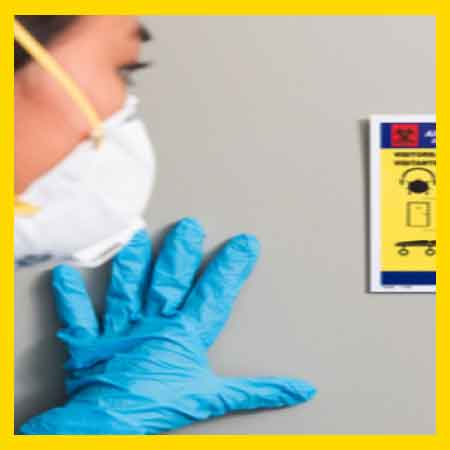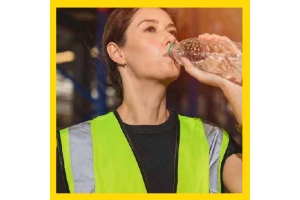Currency
January 10, 2019


Enforcement citations FY 2018: 2,599
Number of inspections:1,154
Proposed penalties: $3,228,420
Most frequently cited industries
Enforcement case study
In August, 2018, OSHA proposed that Lanford Brothers Co. of Marion, Virginia pay $304,130 under the relatively new silica dust exposure standard. The five citations included two serious violations for improper eye or face protection and not providing proper silica dust training for workers.
The agency also cited Lanford for three willful-serious violations, representing the bulk of the fine amount, for not using the appropriate wet methods and respiratory protection; not assessing potential employee exposure to silica dust; and not providing sufficient respiratory equipment and medical evaluations. Lanford has contested the citations and fines.
OSHA delayed enforcement of the standard in order to give companies extra time to comply, but the agency is not hesitating to cite and fine contractors they believe have violated silica dust exposure rules.
Background
OSHA's Respiratory Protection Standard applies to general industry, construction, shipyards, marine terminals, and longshoring.
The OSHA respirator standard applies to all occupational airborne exposures to contaminated air where the employee is:
Four major duties are imposed by each of these standards. These duties are:
Hazard protection
An estimated five million workers are required to wear respirators in 1.3 million workplaces throughout the United States. Respirators protect workers against insufficient oxygen environments, harmful dusts, fogs, smokes, mists, gases, vapors, and sprays. These hazards may cause cancer, lung impairment, diseases, or death. Compliance with the OSHA Respiratory Protection Standard could avert hundreds of deaths and thousands of illnesses annually.
A respirator is a device that protects you from inhaling dangerous substances, such as chemicals and infectious particles. Respirators are among the most important pieces of protective equipment for working in hazardous environments. Selecting the right respirator requires an assessment of all the workplace operations, processes or environments that may create a respiratory hazard. The identity of the hazard and its airborne concentrations need to be determined before choosing a respirator.
Respirators protect the user in two basic ways. The first is by the removal of contaminants from the air. Respirators of this type include particulate respirators, which filter out airborne particles, and air-purifying respirators with cartridges/canisters which filter out chemicals and gases. Other respirators protect by supplying clean respirable air from another source. Respirators that fall into this category include airline respirators, which use compressed air from a remote source, and self-contained breathing apparatus (SCBA), which include their own air supply.
Particulate respirators are the simplest, least expensive, and least protective of the respirator types available. These respirators only protect against particles (e.g., dust). They do not protect against chemicals, gases, or vapors, and are intended only for low hazard levels. The commonly known "N-95" filtering facepiece respirator or "dust mask" is one type of particulate respirator, often used in hospitals to protect against infectious agents. Particulate respirators are "airpurifying respirators" because they clean particles out of the air as you breathe.
Key Respiratory Protection standard takeaways
1910.134(a)(1)
In the control of those occupational diseases caused by breathing air contaminated with harmful dusts, fogs, fumes, mists, gases, smokes, sprays, or vapors, the primary objective shall be to prevent atmospheric contamination. This shall be accomplished as far as feasible by accepted engineering control measures (for example, enclosure or confinement of the operation, general and local ventilation, and substitution of less toxic materials). When effective engineering controls are not feasible, or while they are being instituted, appropriate respirators shall be used pursuant to this section.
1910.134(a)(2)
A respirator shall be provided to each employee when such equipment is necessary to protect the health of such employee. The employer shall provide the respirators which are applicable and suitable for the purpose intended. The employer shall be responsible for the establishment and maintenance of a respiratory protection program, which shall include the requirements outlined in paragraph (c) of this section. The program shall cover each employee required by this section to use a respirator.
1910.134(c)(1)
In any workplace where respirators are necessary to protect the health of the employee or whenever respirators are required by the employer, the employer shall establish and implement a written respiratory protection program with worksite-specific procedures. The program shall be updated as necessary to reflect those changes in workplace conditions that affect respirator use.
1910.134(c)(4)
The employer shall provide respirators, training, and medical evaluations at no cost to the employee.
1910.134(d)(1)(i)
The employer shall select and provide an appropriate respirator based on the respiratory hazard(s) to which the worker is exposed and workplace and user factors that affect respirator performance and reliability.









